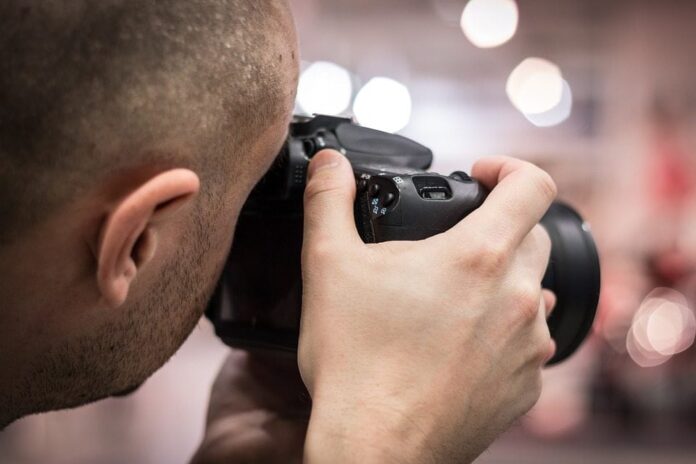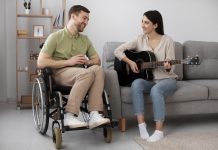Photography exerts a great fascination on prospective amateur photographers. Whether you want to capture the world as it is or as it is not – it all depends on your personal perspective. How to learn photography? Here are some helpful tips to get you started.
Here you go for the best nude photography techniques with photos.
Anyone who goes through everyday life and discovers inspiration for exciting photo motifs everywhere has certainly thought about buying a good camera. While most smartphones deliver high-quality snapshots, that’s where photography begins. Having your own camera, analog or digital, lets you get creative and add a personal touch to your images. You need the right camera and the knowledge of how to operate it correctly.
Tip 1: Select camera
Digital SLR or compact cameras are recommended for beginners. These are easy to use and are available from all major manufacturers. By the way, you don’t have to buy an expensive camera right away, there are good entry-level models for around 400 to 500 euros. Before buying, you should know the difference between SLR and compact camera. The latter is also referred to as a system camera and does without the mirror mechanism of a single-lens reflex camera.
The former is named after the mirror that is used inside the camera when taking photos, the single-lens reflex. The mechanism should ideally match the viewing and recording axes. In addition, SLR cameras have a large image sensor, so the images are full of detail and realistic. System cameras, on the other hand, offer the great advantage that the image sensor is large, as with SLR cameras, but the devices are lighter and more compact. So they are good for on the go and do not take up so much space.
Tip 2: Get to know the camera
Cameras have different photo modes. Either your camera takes over all the settings independently (fully automatically) or you set the parameters yourself. In between there are semi-automatic programs of the camera, which, for example, take over the setting of the exposure time and let you choose the aperture. It is important for photography beginners to know that you only really get to know the camera when you deal with its functions. Manual photography is the magic word, because it means you set all the parameters of your camera yourself. On the one hand, this is for practice, on the other hand, you will only then understand the connections between aperture, exposure time, focal length and the ISO value. You can find detailed information on the most important basic photography knowledge in this stern article on hobby photography.
Tip 3: Photograph manually
Once you have mastered the most important basic photography knowledge, you should go straight to practice. Switch off the camera’s automatic mode and consider for yourself which parameters relating to aperture, exposure time and focal length are suitable for the motif of your choice. The more you shoot manually, the better your sense of composition and the optimal photo will become. Once you feel comfortable using the camera, you can start experimenting and develop your personal style of photography.
Tip 4: Avoid perfectionism
As banal as this tip may sound, practice makes perfect when it comes to photography. This means for you: Avoid perfectionism and just start taking pictures. If you think about the perfect photo, you probably won’t take it. If the aperture is opened too wide and the image is overexposed, or the exposure time is too generous and the image is blurry, the best thing to do is learn from it and do better next time. So don’t be afraid of mistakes or the technology of the camera. In the worst case, you don’t like the photo and you try again.
Tip 5: Invest in good lenses
The camera body is one thing, but the lenses are the heart of photography. Means: The camera body is usually cheaper than the associated lenses. There’s plenty of that. They differ in terms of technology, price and compatibility. Basically, pay attention to the frame of your camera. With the compact camera from Sony, for example, you can recognize suitable lenses by the fact that they bear the designation “E-Mount”. Because not every camera body fits every lens. Apart from that, the choice of lens decides which subjects you want to capture. If you like photographing landscapes a lot, you need a wide-angle lens, if you like taking snaps from a distance, for example to get animals in front of the lens, you will do well with a telephoto lens and if you prefer to shoot portraits, it is best to use a lens with an open aperture.











